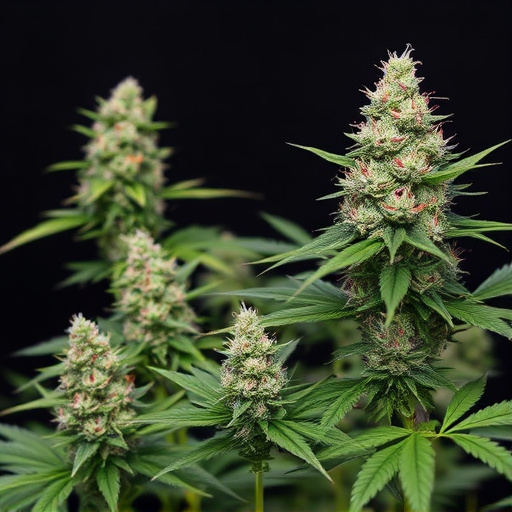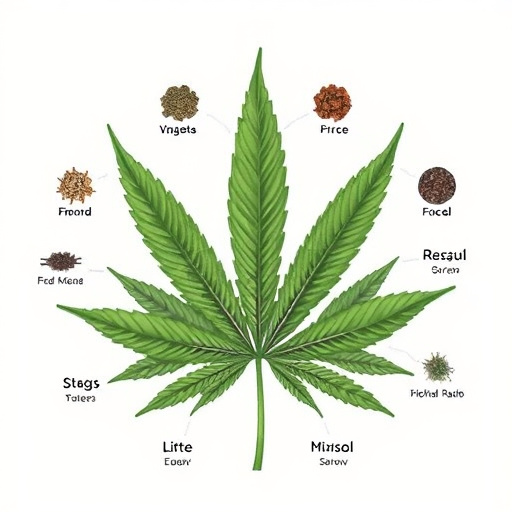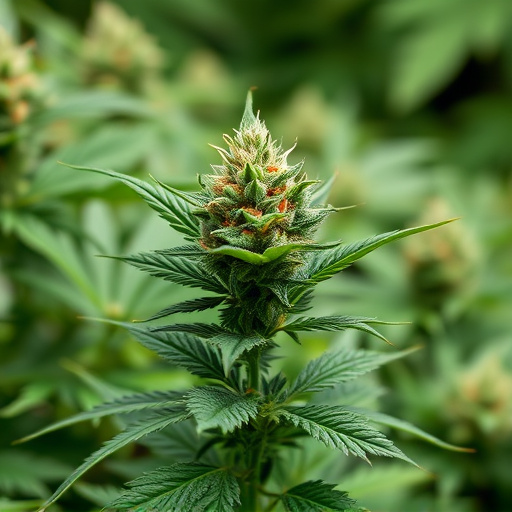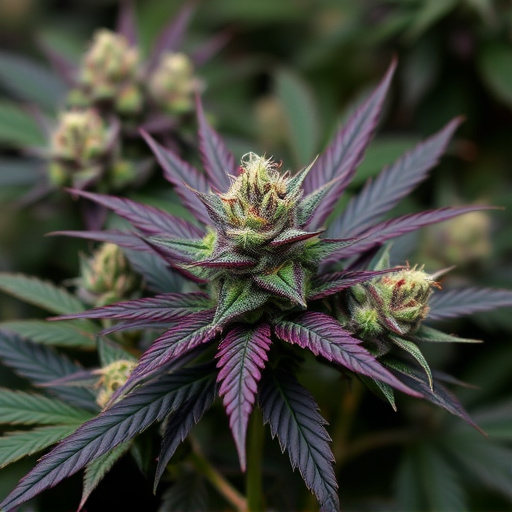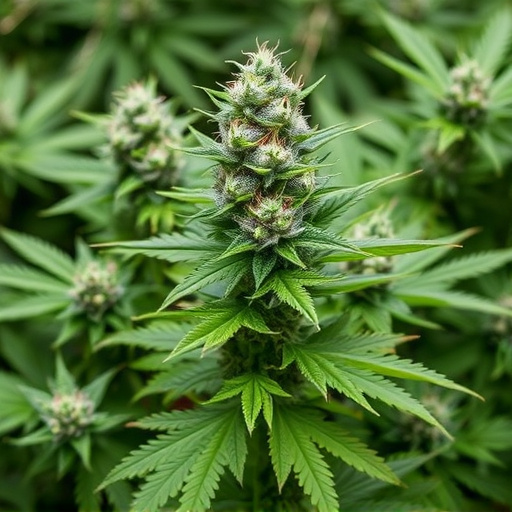Dosing medical marijuana strains requires a balanced approach for optimal therapeutic effects without adverse reactions. Key strategies include understanding strain profiles, tracking cannabinoid content, starting with low doses (1-2 mg THC), and maintaining consistency through accurate measuring and note-taking. Individual factors like tolerance, health, age, and desired outcomes guide personalized dosing, emphasizing the importance of precision with digital scales and organized storage for potency preservation.
Discover the art of dosing cannabis flower with precision! Whether you’re a seasoned patient or new to medical marijuana strains, understanding the optimal dosage is key to unlocking the full potential of your treatment. This guide delves into the science behind cannabis flower dosing, exploring factors like tolerance, strain potency, and individual needs. Learn effective methods for accurate administration, ensuring a safe and beneficial experience with your chosen medical marijuana strains.
- Understanding Cannabis Flower Dosing
- Factors Influencing Optimal Dosage
- Methods to Ensure Accurate Administration
Understanding Cannabis Flower Dosing
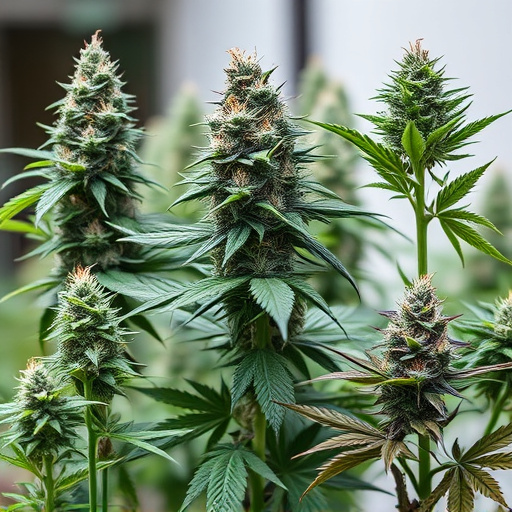
Cannabis flower dosing is a delicate balance, especially for those new to medical marijuana strains. The right dose ensures you experience the desired therapeutic effects without adverse side effects. Different strains have varying levels of cannabinoids like THC and CBD, so understanding their unique profiles is key. THCA (the raw form of THC) converts to THC as it heats up, so knowing the total cannabinoid content in milligrams per gram helps determine the appropriate starting dose.
Start low—typically 1-2 milligrams of THC for beginners or those with lower tolerances—and gradually increase until you find your sweet spot. Consistency is crucial; measuring your doses accurately ensures predictable results. Keep track of your intake and note any effects to fine-tune your dosage over time, allowing for personalized cannabis flower therapy.
Factors Influencing Optimal Dosage
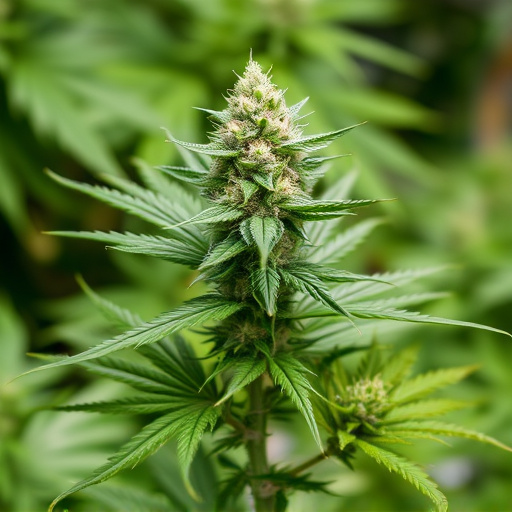
When determining the optimal dosage for medical marijuana strains, several factors come into play. The first consideration is individual tolerance and sensitivity to cannabis. Every person’s body reacts differently to the plant’s compounds, so what works for one patient may not be suitable for another. Factors like age, weight, overall health, and previous experience with cannabis can influence how an individual responds to a particular dose.
Another crucial aspect is the specific medical condition being treated. Different strains of medical marijuana have unique profiles of cannabinoids and terpenes, which can vary in their therapeutic effects. For instance, Sativa strains are often preferred for conditions requiring energy and focus, while Indica varieties are more suitable for relaxation and sleep aid. The desired effect—whether it’s pain relief, anxiety reduction, or appetite stimulation—will guide the selection and dosing of the appropriate strain.
Methods to Ensure Accurate Administration

When it comes to dosing cannabis flower, especially for medicinal purposes with medical marijuana strains, precision is key. The most effective method involves using a precise measuring tool like a digital scale. This removes subjectivity and ensures you’re consistently administering the same amount each time. Start by weighing out a small quantity—a few grams at a time—and then divide it into smaller doses suitable for single uses.
Consider using a storage container with clear markings or labeled compartments to portion out your doses. This not only keeps them organized but also makes it easier to track and manage your intake. Additionally, storing cannabis in airtight containers helps maintain its potency and quality, ensuring you receive the full therapeutic benefits of each medical marijuana strain.
When dosing medical marijuana strains, a balanced and precise approach is key. By understanding the unique properties of different cannabis flowers and factoring in individual tolerance and desired effects, you can ensure a safe and beneficial experience. Employing accurate administration methods allows for fine-tuning doses until the ideal balance is achieved. Remember, responsible use involves listening to your body and seeking professional guidance when needed.








